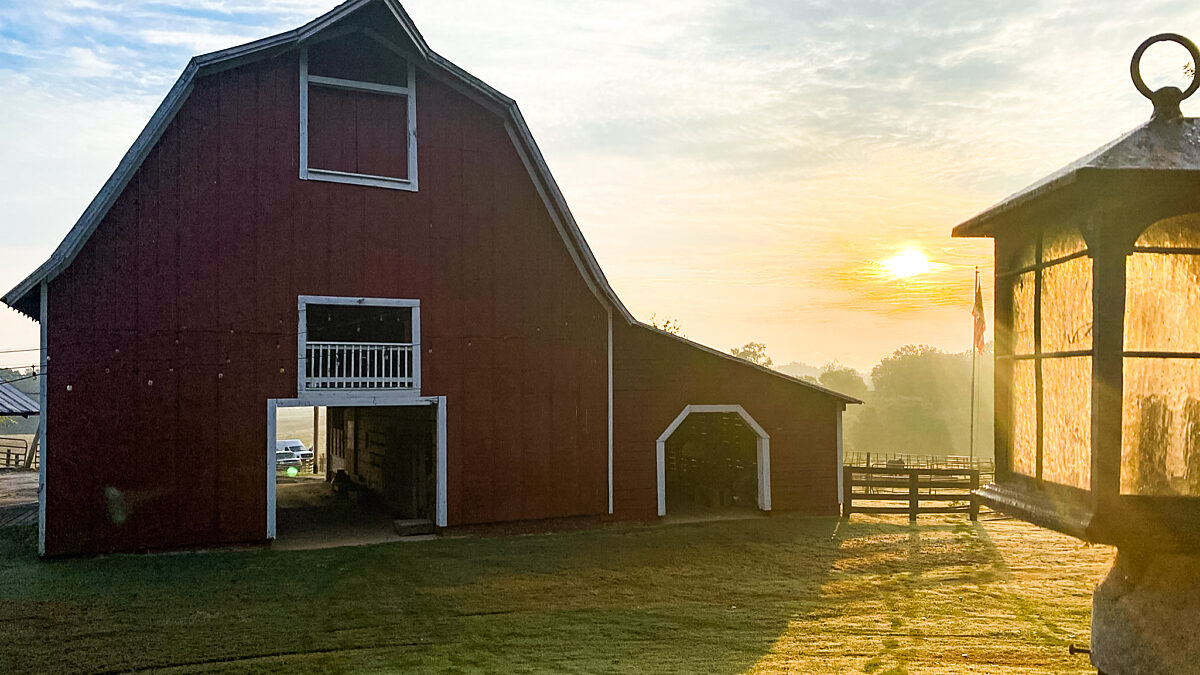2018 Farm Bill Promotes Sustainability of America’s Farms and Ranches
TOPICS
Farm BillZippy Duvall
President

photo credit: AFBF Photo, Mike Tomko
Zippy Duvall
President
I can’t think of anyone more invested in the sustainability of America’s farm and ranch land than the men and women who live on and work this very land each day. Using our land to grow crops and raise animals goes hand-in-hand with making wise use of our resources. Conservation is at the heart of running a successful, sustainable farm, and the farm bill has long recognized farmers’ heart for stewardship.
Conservation was one of the foundational goals of the very first farm bill, in fact, with the creation of the Soil Bank to recover land hit hard in the Dust Bowl. As technology and farming techniques have changed over time, the farm bill has changed and adapted as well. The first conservation title was introduced, a little more than three decades ago, as lawmakers listened to farmers, ranchers and landowners and created a partnership to preserve the land, air and water we all depend on and enjoy. Together, they built on the principle that the land is best cared for by the people who know it best and call it home.
Thanks to conservation work by America’s farmers and ranchers, wildlife habitat is up across the country.
The 2018 farm bill preserves the cornerstone of the conservation title: the Conservation Reserve Program (CRP). Thanks to conservation work by America’s farmers and ranchers, wildlife habitat is up across the country. Of course, Mother Nature continues to be a finicky business partner, as we’ve seen yet again from the hurricanes, wildfires and drought in recent years. Sustainability practices must protect farmers’ and ranchers’ ability to stay in business in good times and bad. The 2018 farm bill takes an important step in recognizing and addressing these challenges. Under CRP, farmers and ranchers will have greater flexibility for emergency use of their land in times of natural disaster.
Another update to the CRP that will go a long way on that front is with improved rental rates. The 2018 farm bill reduces CRP rental rates to better match the market and hopefully increase access to farmers and ranchers. This and additional support for beginning farmers and veterans can help get more folks to join, and stay in, the business of agriculture and protect our ability to grow our nation’s food, fuel and fiber.
The 2018 farm bill also expands other key conservation programs like the Environmental Quality Incentives Program and the Conservation Stewardship Program. Each of these programs gives farmers and ranchers critical tools to protect their businesses and land. More conservation practices will now be covered under CSP, and new incentive contracts for practices like grazing and cover crops and using precision agriculture technology and improved crop rotation will now be included under EQIP.
For every farmer and rancher, there’s a great joy and strong sense of responsibility in knowing you are a caretaker of the land that generations before you have worked and enjoyed. One of the best pieces of advice I received as a young farmer was: “If you take care of your land and animals, they will take care of you.” Thanks to the 2018 farm bill, America’s farmers and ranchers can keep up our good work as caretakers and pass on a rich agricultural heritage to the next generation.
For a deeper dive on farmers’ and ranchers’ conservation work, visit AFBF’s Market Intel page to check out Chief Economist John Newton’s analysis of changes in the 2018 farm bill and Economist Veronica Nigh’s detailed look at wetlands conservation.
Zippy Duvall
President
Vincent “Zippy” Duvall, a poultry, cattle and hay producer from Greene County, Georgia, is the 12th president of the American Farm Bureau Federation.
